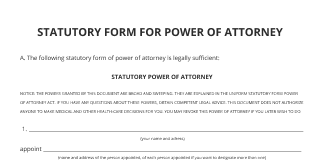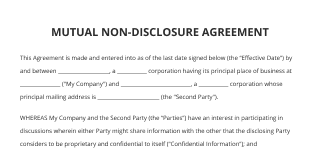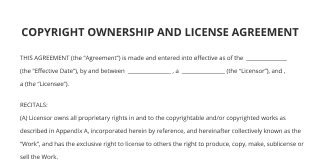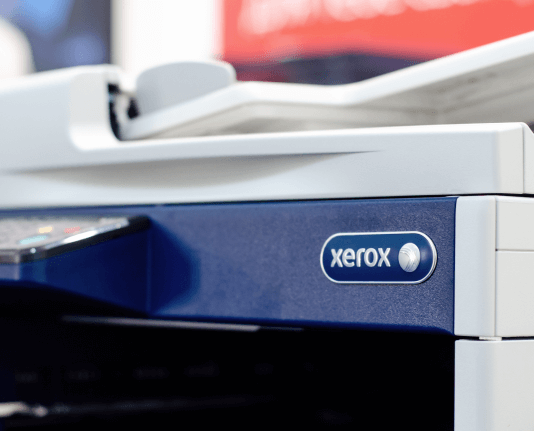Is Sales Order Same as Invoice for Your Business Needs
Move your business forward with the airSlate SignNow eSignature solution
Add your legally binding signature
Integrate via API
Send conditional documents
Share documents via an invite link
Save time with reusable templates
Improve team collaboration
See airSlate SignNow eSignatures in action
Understanding Sales Orders and Invoices
Sales orders and invoices are essential documents in the sales process, but they serve different purposes. A sales order is a document generated by a seller upon receiving a purchase request from a buyer. It confirms the details of the sale, including the products or services ordered, quantities, prices, and delivery terms. In contrast, an invoice is a request for payment sent to the buyer after the goods or services have been delivered. It includes similar information as a sales order but is focused on the payment aspect.
Key Differences Between Sales Orders and Invoices
While sales orders and invoices may seem similar, there are distinct differences that set them apart:
- Purpose: Sales orders confirm the buyer's intent to purchase, while invoices request payment for delivered goods or services.
- Timing: A sales order is created before the transaction is completed, whereas an invoice is issued after the delivery.
- Legal Standing: A sales order serves as a contract between the buyer and seller, while an invoice acts as a proof of transaction and payment request.
When to Use Sales Orders and Invoices
Understanding when to use each document can streamline your sales process. Use a sales order when:
- You receive a purchase request from a customer.
- You want to confirm the details of the order with the customer.
- You need to track inventory and manage order fulfillment.
On the other hand, use an invoice when:
- The goods or services have been delivered.
- You need to request payment from the customer.
- You want to provide a formal record of the transaction for accounting purposes.
Integrating Sales Orders and Invoices in Digital Workflows
Using digital document management solutions like airSlate SignNow can simplify the creation and management of sales orders and invoices. You can quickly prepare and send these documents for eSigning, ensuring that all parties have a clear record of the transaction. By digitizing these processes, businesses can enhance efficiency, reduce errors, and improve customer satisfaction.
Common Scenarios Involving Sales Orders and Invoices
Sales orders and invoices are commonly used in various business scenarios:
- Retail Transactions: A customer places an order online, generating a sales order, followed by an invoice once the order is shipped.
- Service Agreements: A service provider issues a sales order upon contract signing, then sends an invoice after service completion.
- Bulk Orders: Businesses often use sales orders for large purchases, followed by invoices for payment processing.
Best Practices for Managing Sales Orders and Invoices
To effectively manage sales orders and invoices, consider these best practices:
- Maintain clear records of all sales orders and invoices for accounting and audit purposes.
- Use consistent numbering systems for easy tracking and reference.
- Ensure timely communication with customers regarding order confirmations and payment requests.
airSlate SignNow solutions for better efficiency
Our user reviews speak for themselves






Why choose airSlate SignNow
-
Free 7-day trial. Choose the plan you need and try it risk-free.
-
Honest pricing for full-featured plans. airSlate SignNow offers subscription plans with no overages or hidden fees at renewal.
-
Enterprise-grade security. airSlate SignNow helps you comply with global security standards.

Are sales orders identical to invoices?
Grasping the distinctions between a sales order and an invoice is vital for efficient business management. Although both documents play signNow roles in the sales cycle, they fulfill different functions. This guide will assist you in exploring the advantages of utilizing airSlate SignNow for effective document management.
Are sales orders identical to invoices?
- Launch your web browser and go to the airSlate SignNow homepage.
- Sign up for a free trial account or log in if you already possess one.
- Choose the document you intend to sign or send for signatures and upload it.
- If you intend to reuse this document, transform it into a reusable template.
- Access your uploaded document and make the necessary modifications, such as adding fillable fields or inserting specific data.
- Sign the document and allocate signature fields for the recipients.
- Click 'Continue' to set up and dispatch an eSignature invitation.
airSlate SignNow provides a robust solution for organizations aiming to optimize their document signing workflow. With a comprehensive feature set delivering excellent value, it is built to be intuitive and scalable, making it suitable for small to medium-sized enterprises.
Experience clear pricing with no concealed charges and obtain exceptional 24/7 support with all paid plans. Start utilizing airSlate SignNow today to improve your document management and eSignature process!
How it works
airSlate SignNow features that users love
Get legally-binding signatures now!
FAQs
-
What comes first, a sales order or an invoice?
Which comes first, sales order or invoice? The first step is to create a sales order, which confirms the customer's intent to purchase. After this, an invoice is issued seeking payment for the products or services delivered. -
Are invoice and sales order the same?
Sales orders are sent by suppliers to buyers after receiving a purchase order from the buyer - verifying details and the confirmation of the purchase. Invoices are sent by supplier to request a payment from a buying party once goods or services have been fully delivered by the supplier. -
Which comes first, sales order or invoice?
The sales order is created when a customer expresses an intent to purchase a product/service. An invoice is generally issued at the end of a transaction, once the product/service is delivered. Sales orders happen at the beginning of the procurement workflow and invoices are created at the end. -
Does a sales order come before an invoice?
An invoice is generally issued at the end of a transaction, once the product/service is delivered. Sales orders happen at the beginning of the procurement workflow and invoices are created at the end. -
What is the difference between sales and invoice?
A sales order is an internal document commonly used by sellers to track their orders. This way, they can resupply their stock in time and better regulate their inventory. An invoice is an external document representing valid proof of business expenses for the buyer. -
Which comes first invoice or purchase order?
Purchase order comes first and is created before the goods or services are provided while the invoice is usually sent after they have been rendered. -
Is a sales order a receipt or invoice?
A sales order represents the promise that the requested goods will be ordered by the business and delivered to the customer later. Once the goods are fulfilled and picked up by the customer, the sales order is now used as a receipt to make sure the correct quantity and types of products are given to the customer.
What active users are saying — is sales order same as invoice
Related searches to Is sales order same as invoice for your business needs
Get more for is sales order same as invoice
- Consultancy Bill Format in Word for Engineering
- Consultancy bill format in word for Export
- Consultancy Bill Format in Word for Shipping
- Consultancy bill format in word for Public Relations
- Consultancy Bill Format in Word for Production
- Consultancy bill format in word for Supervision
- Consultancy Bill Format in Word for Product Quality
- Consultancy bill format in word for Inventory
Find out other is sales order same as invoice
- Online Signature Legitimacy for Employee Compliance ...
- Boost Employee Satisfaction Survey in Mexico with ...
- Unlock the Power of Online Signature Legitimacy for ...
- Boost Employee Satisfaction Survey Legitimacy with ...
- Unlock Online Signature Legitimacy for Employee ...
- Boost Employee Satisfaction in India with Legitimate ...
- Unlock the Power of Online Signature Legitimacy for ...
- Boost Employee Satisfaction with Legitimate Online ...
- Unlock Online Signature Legitimacy for Business Ethics ...
- Unlock Online Signature Legitimacy for Employee ...
- Boost Your Business Ethics with Online Signature ...
- Online Signature Legitimacy for Business Ethics and ...
- Online Signature Legitimacy for Business Ethics and ...
- Unlocking the Power of Online Signature Legitimacy for ...
- Unlocking Online Signature Legitimacy for Business ...
- Boost Your Business Ethics with Online Signature ...
- Unlock the Power of Online Signature Legitimacy for ...
- Unlock the Power of Online Signature Legitimacy for ...
- Achieve Online Signature Legitimacy for Polygraph ...
- Boost Your Business with Online Signature Legitimacy ...






























